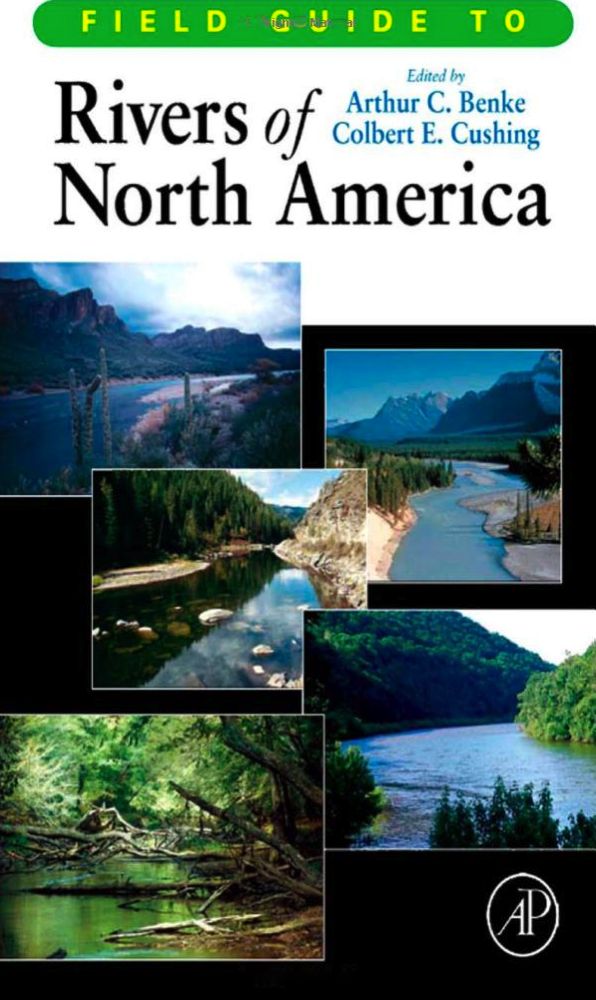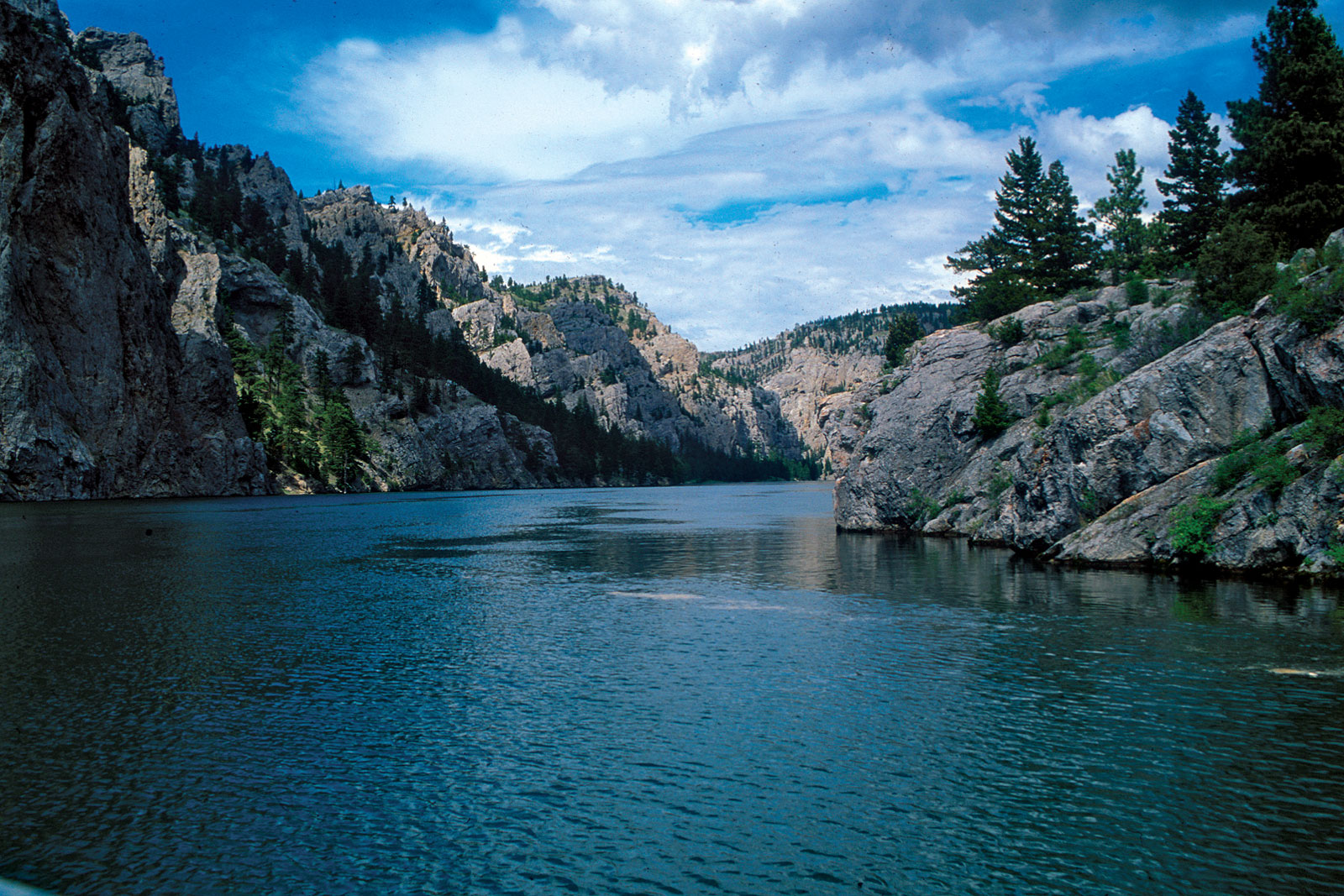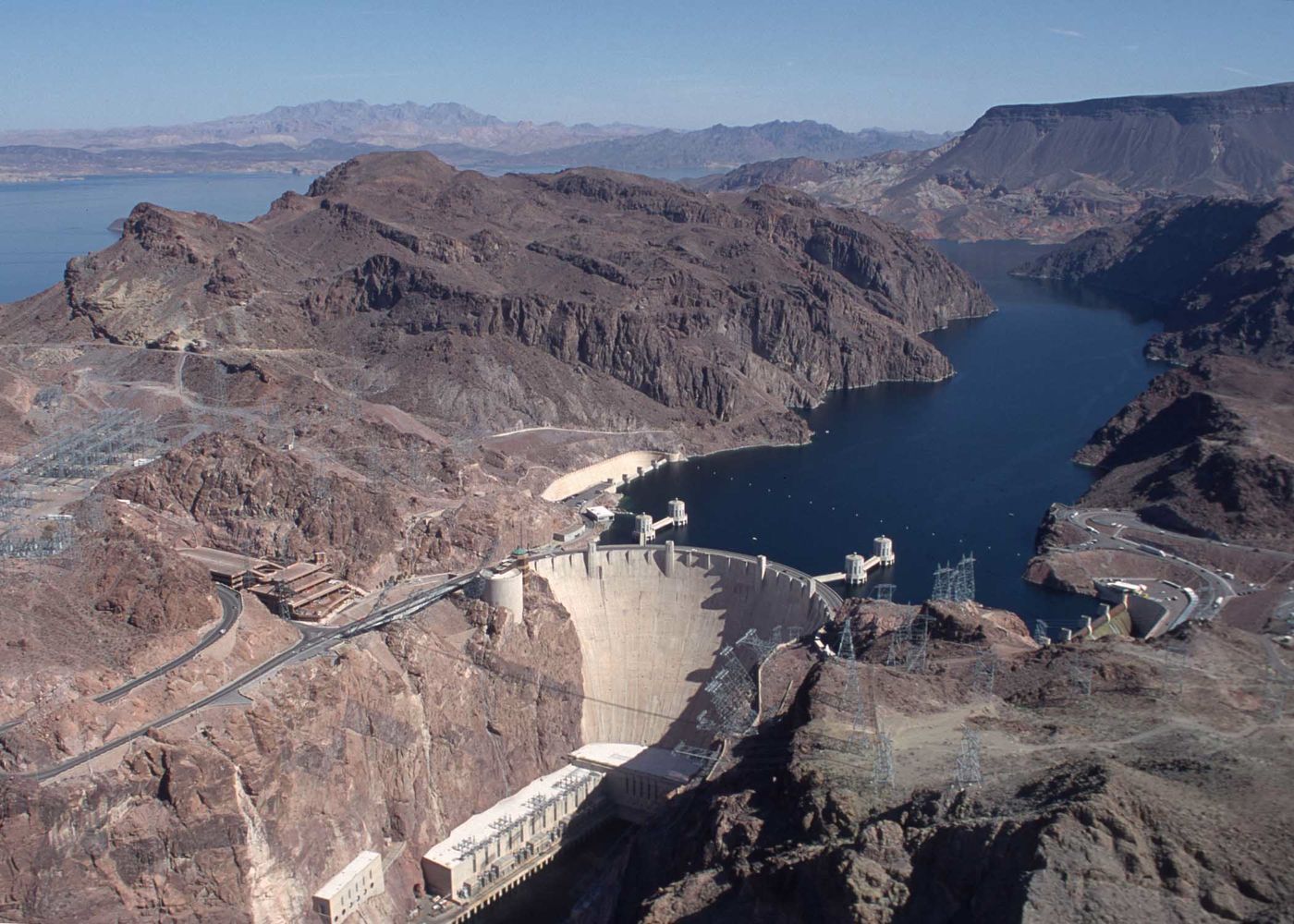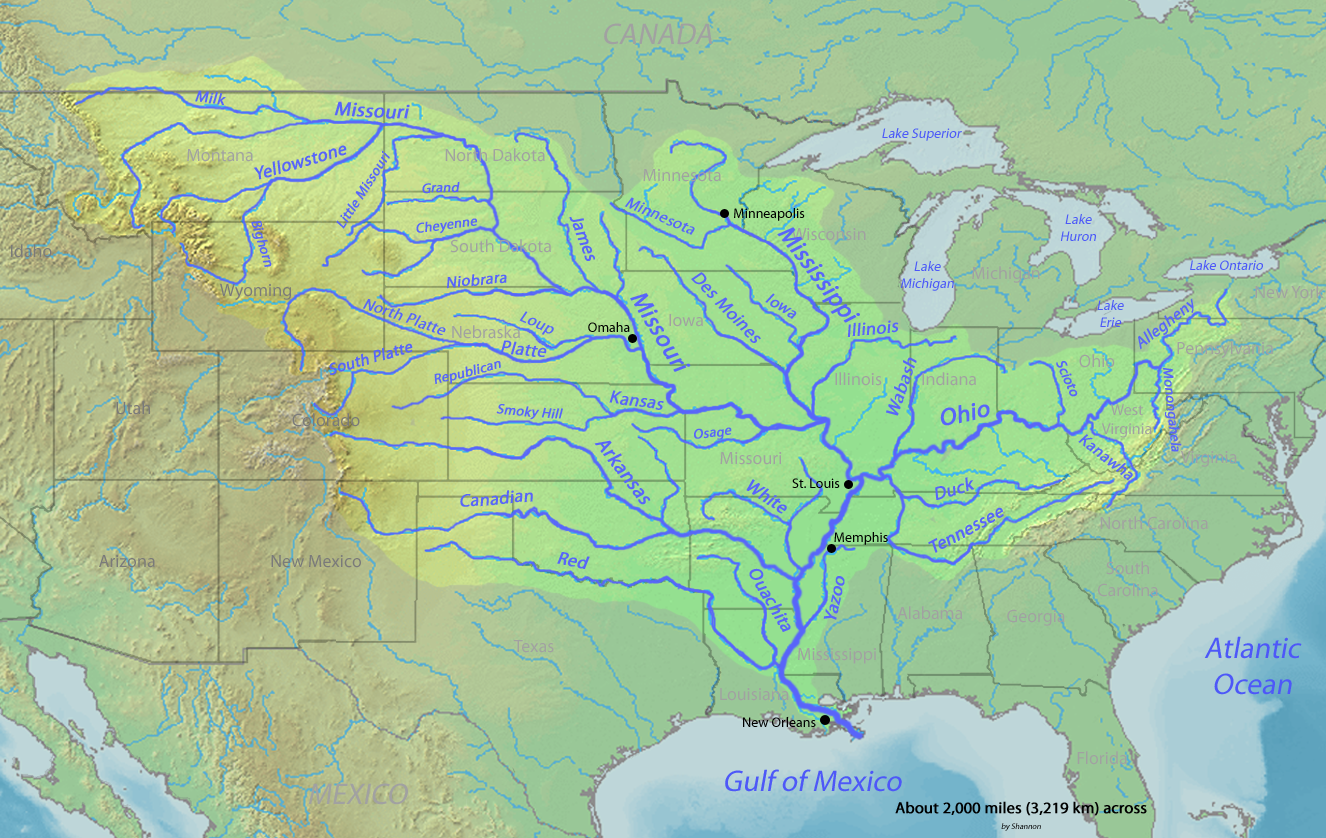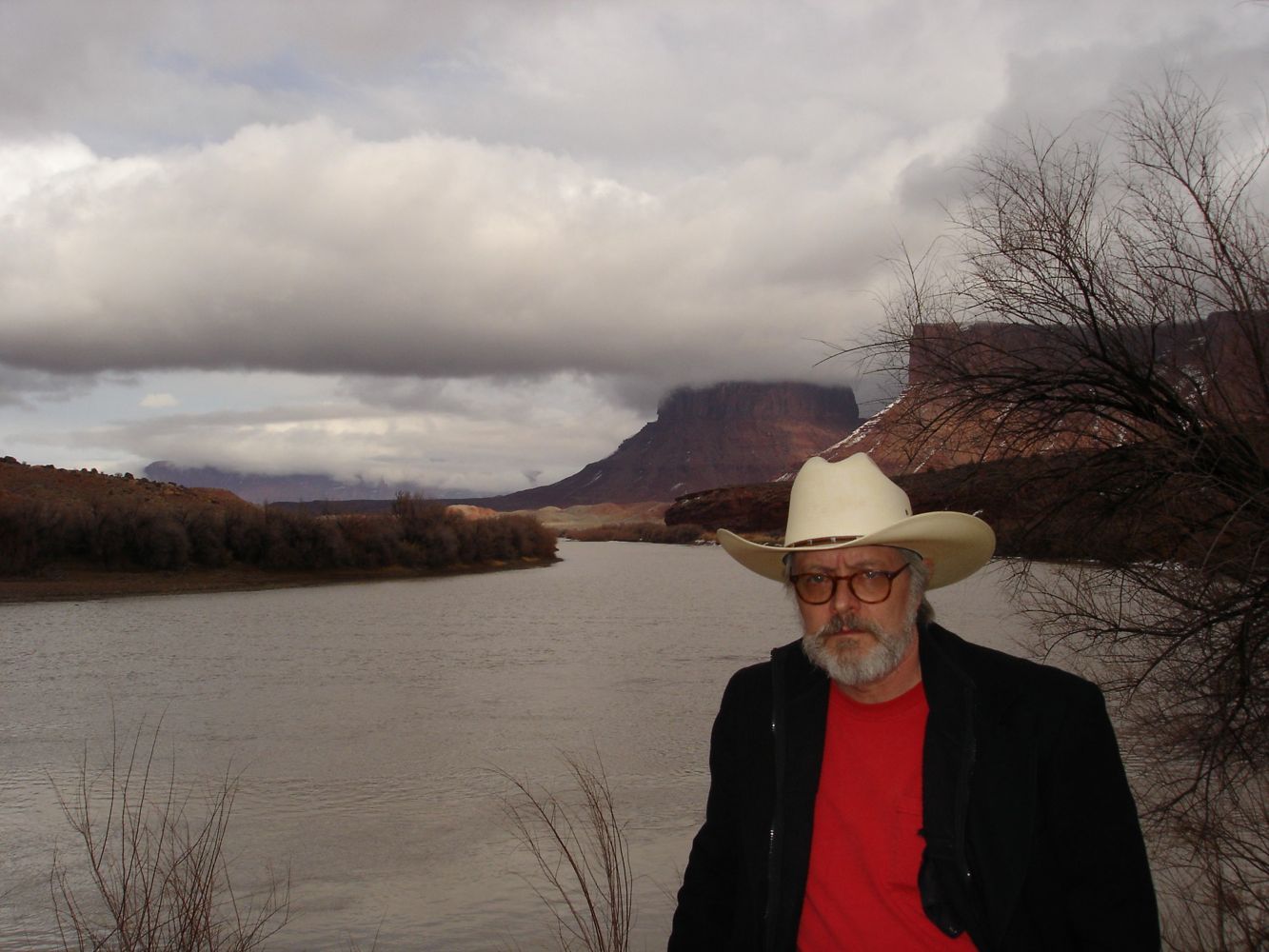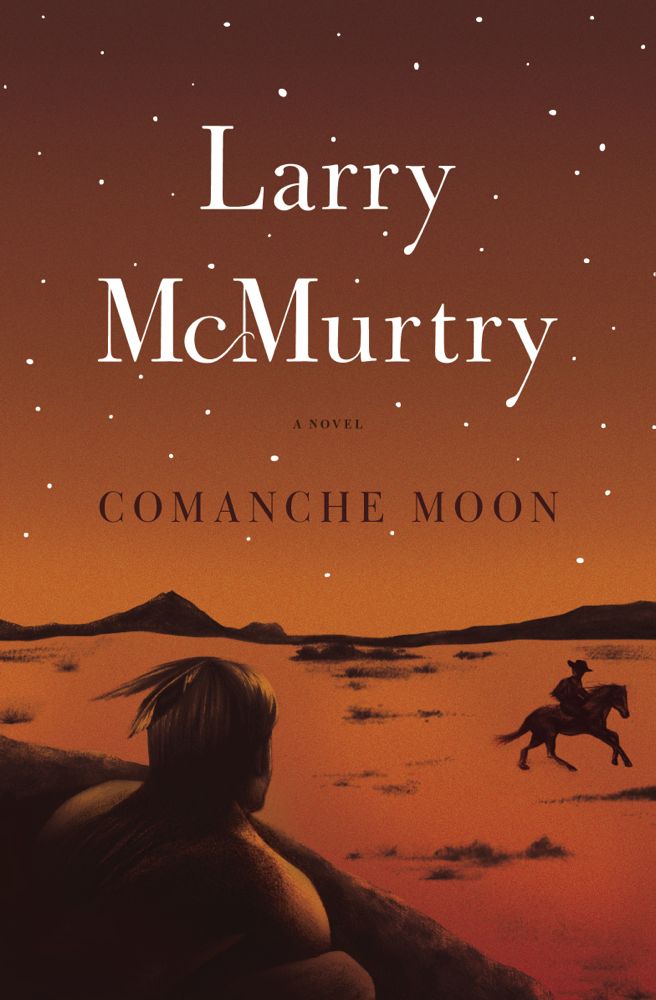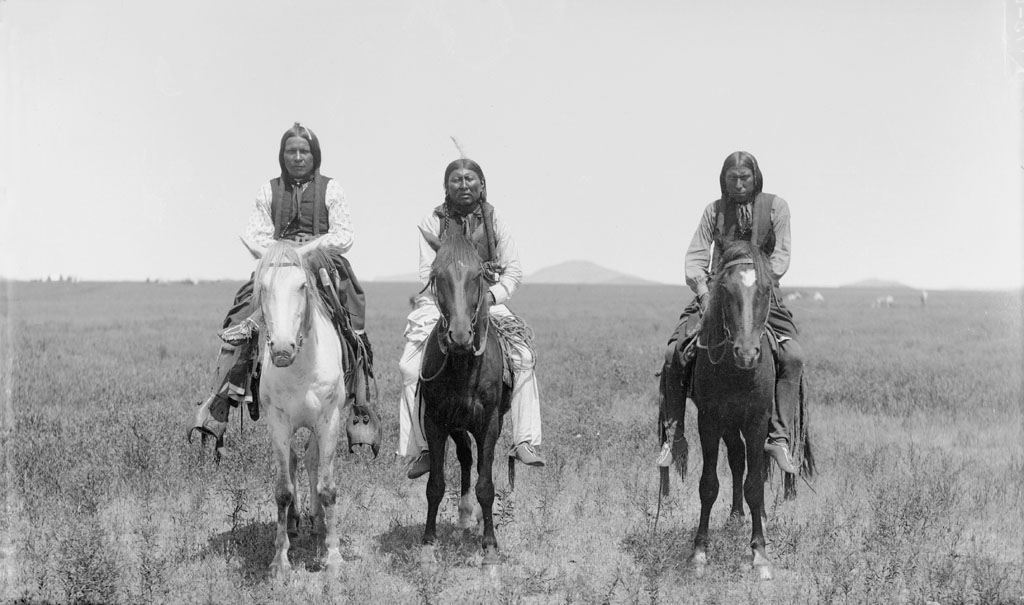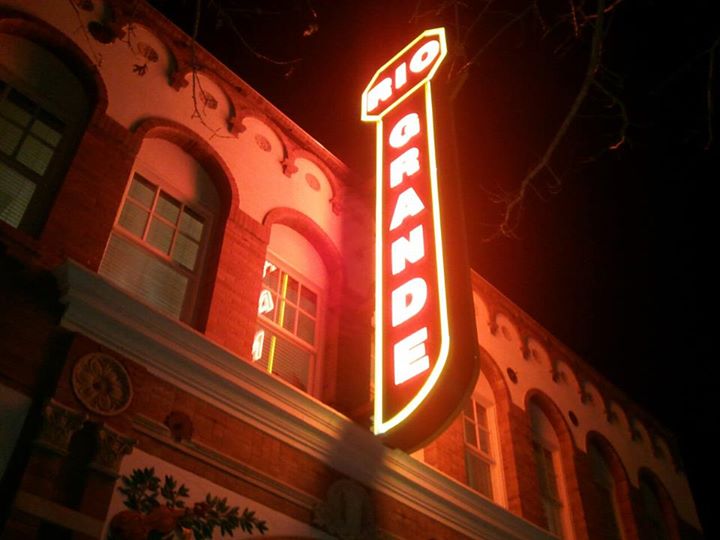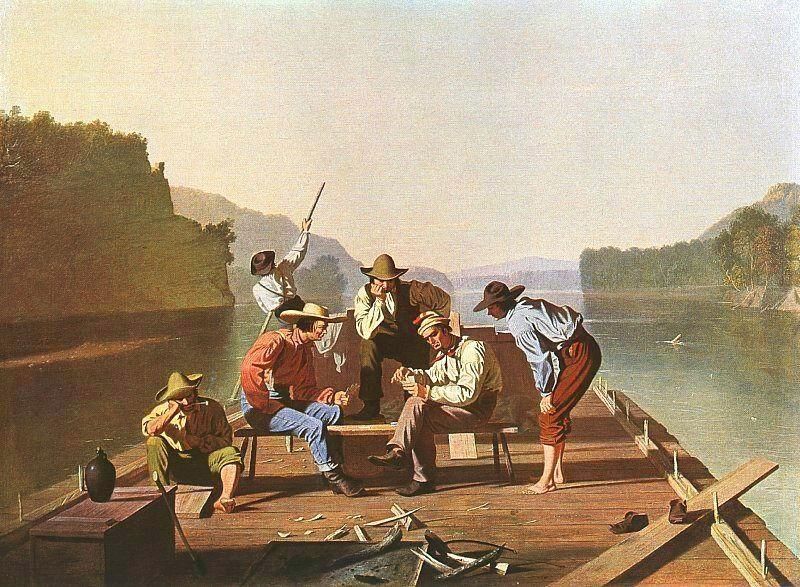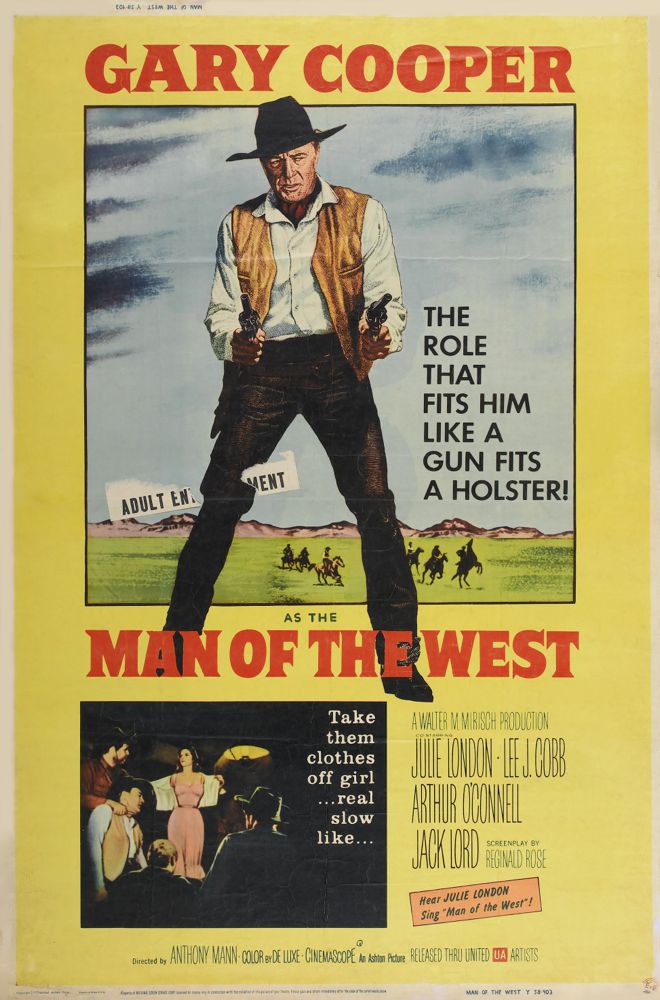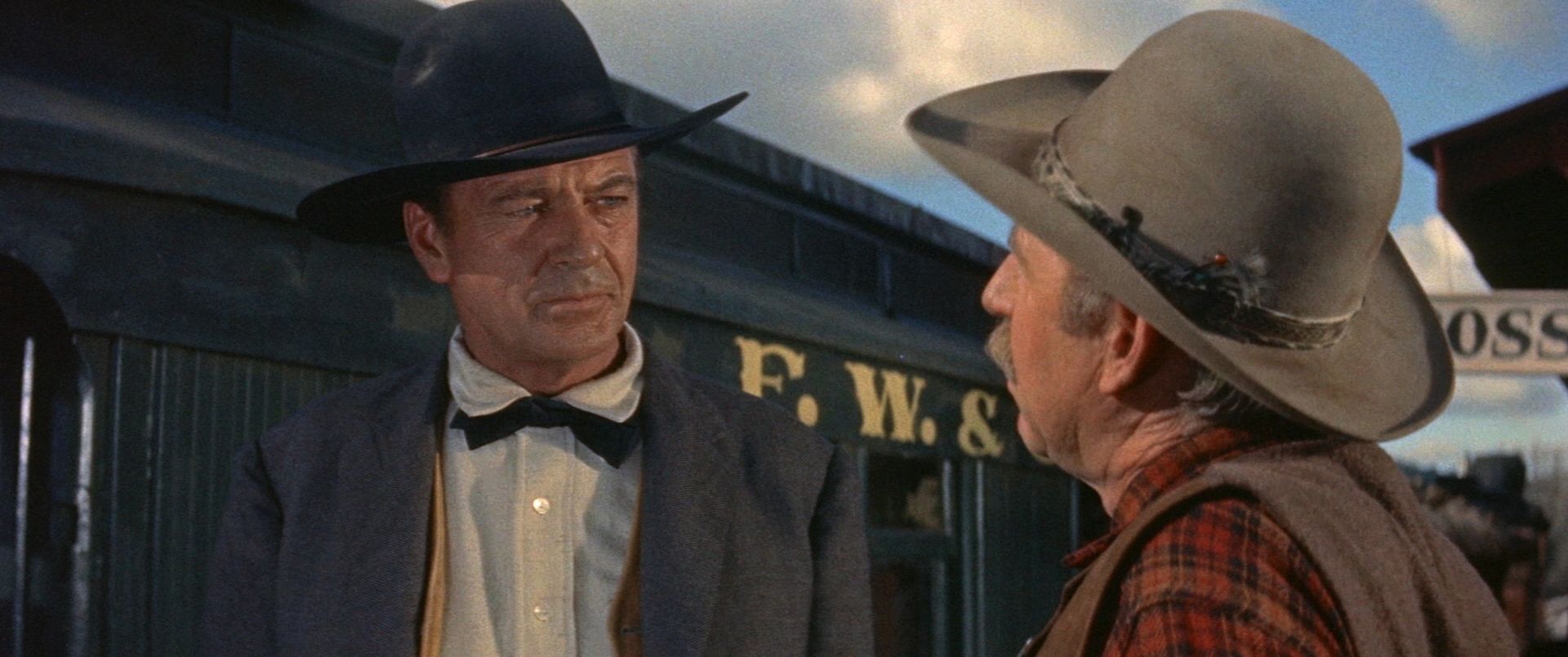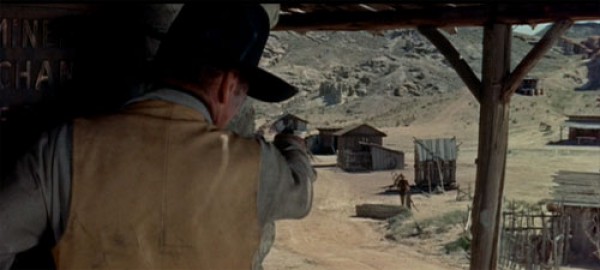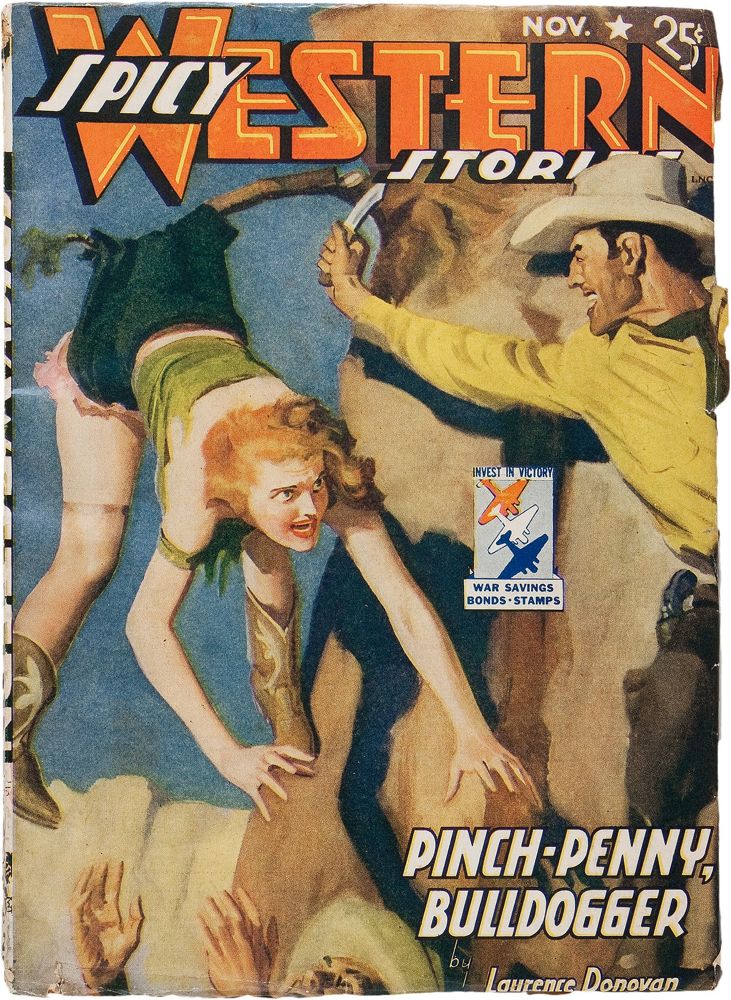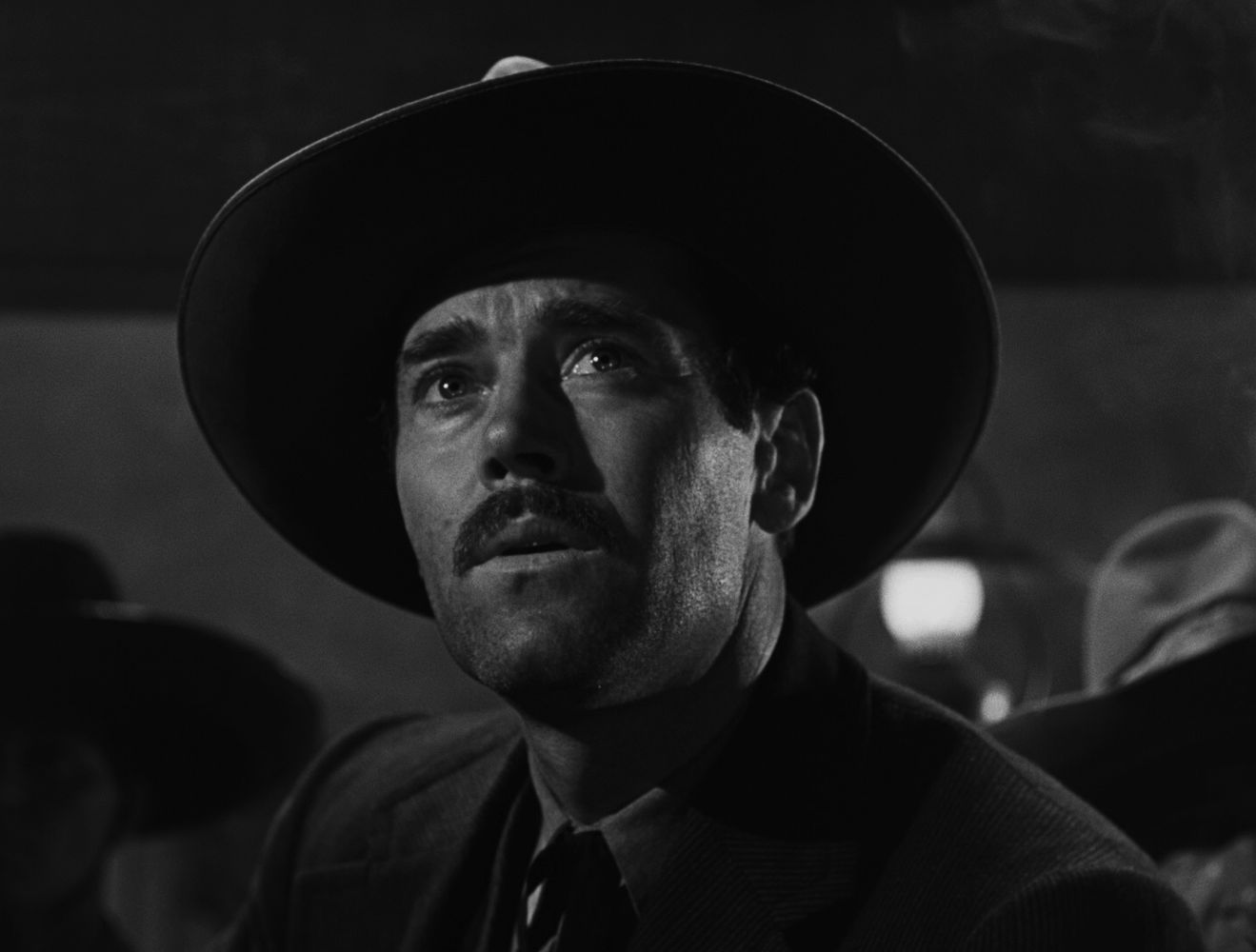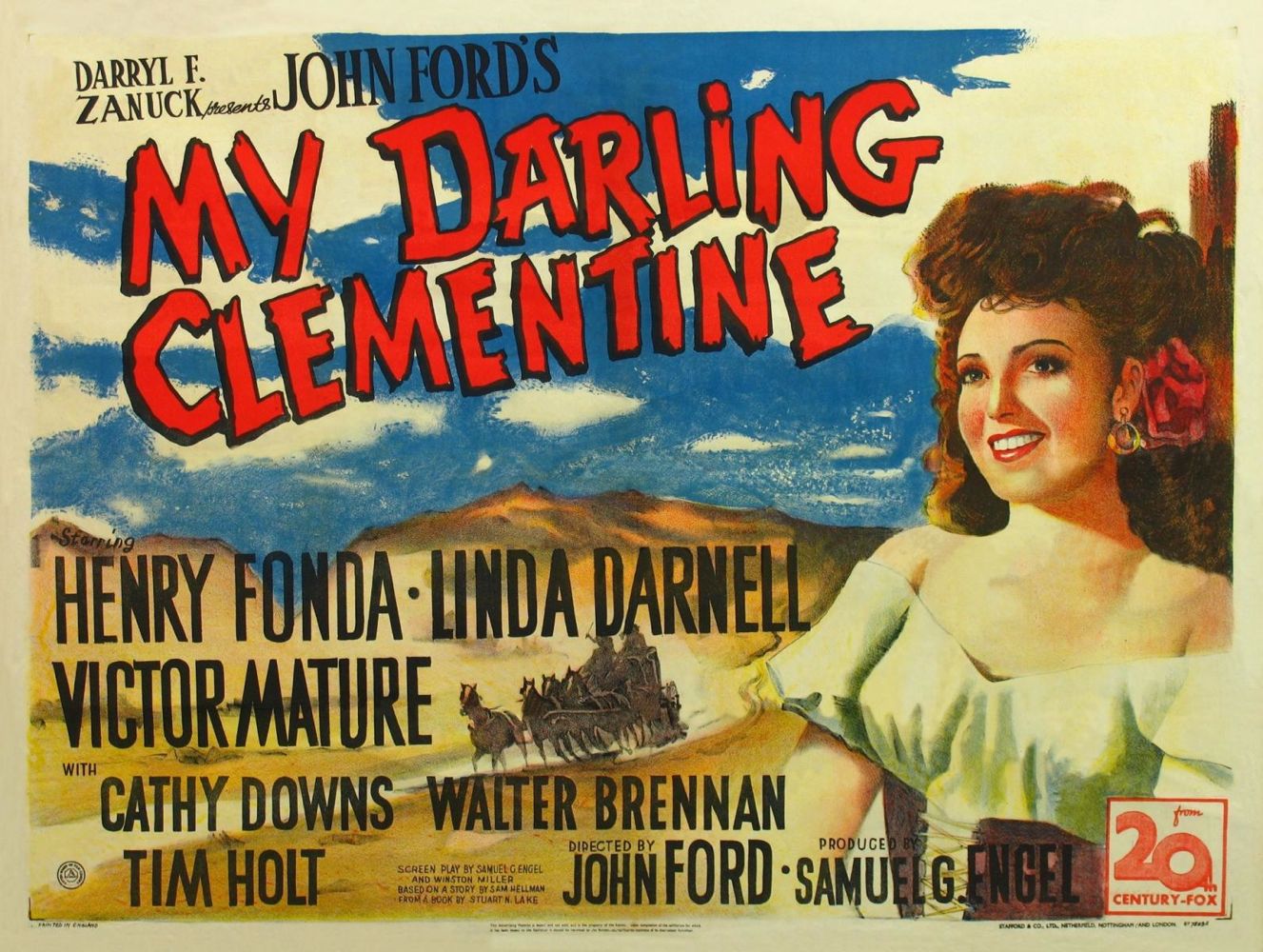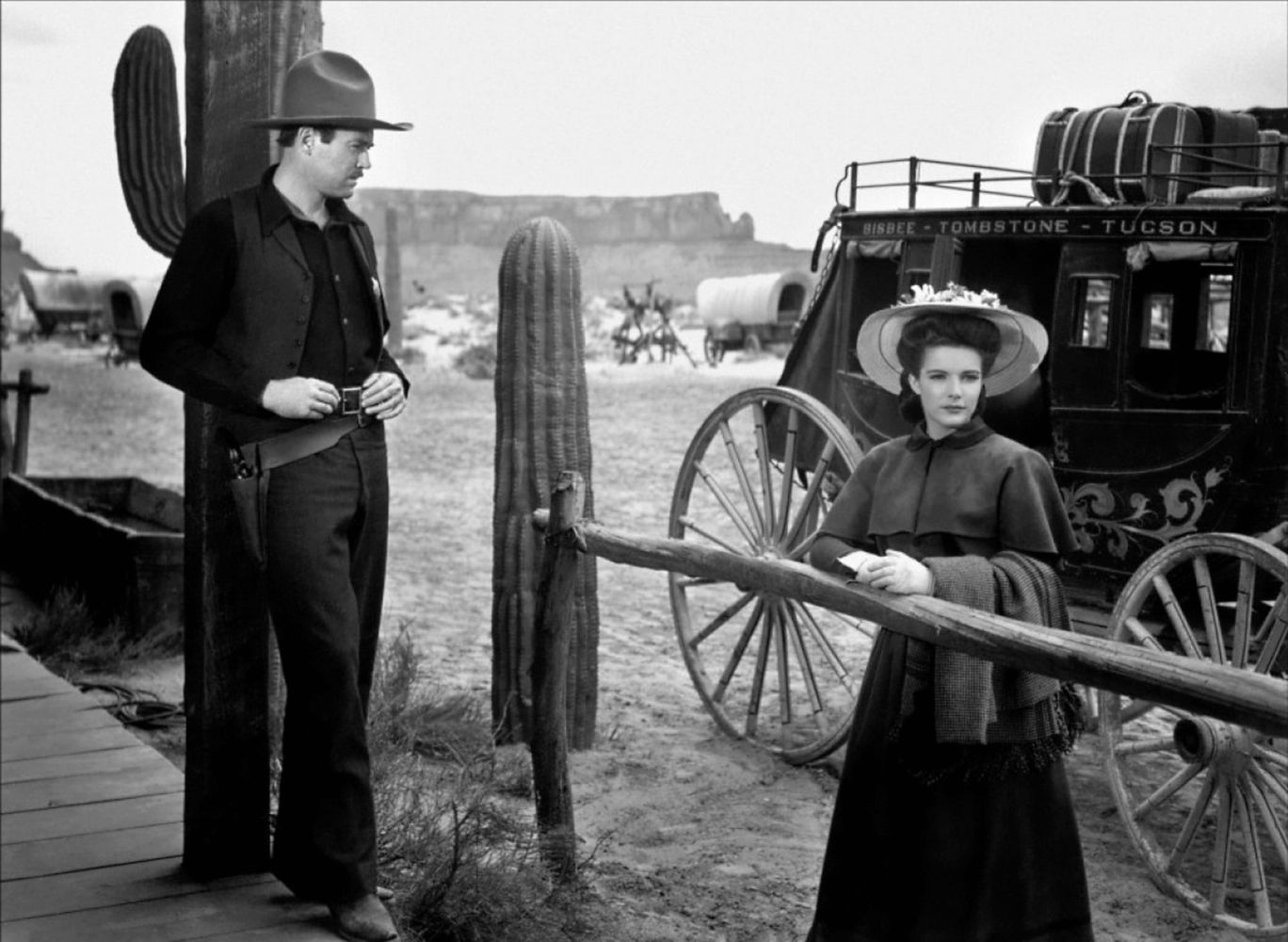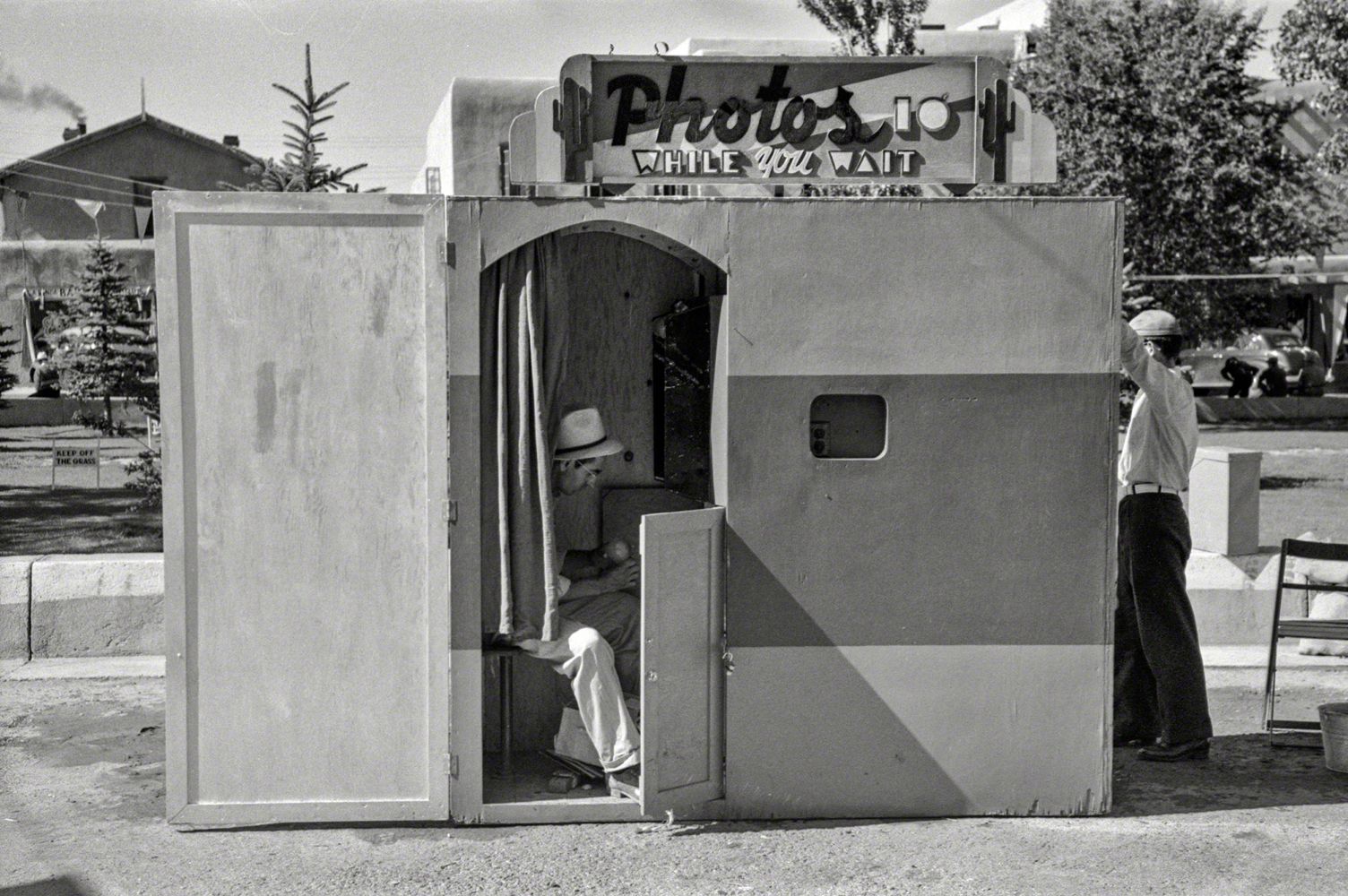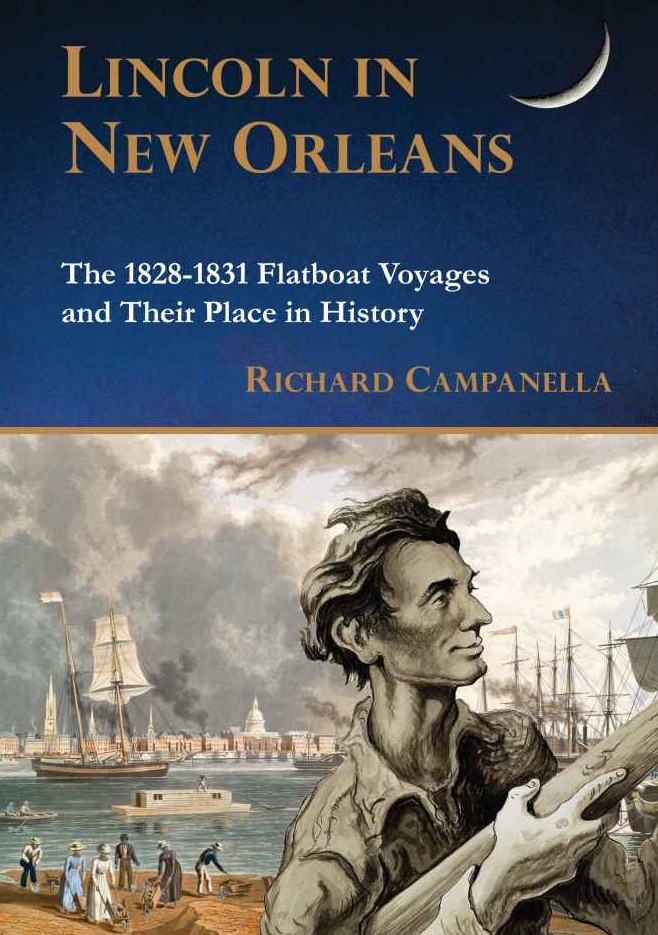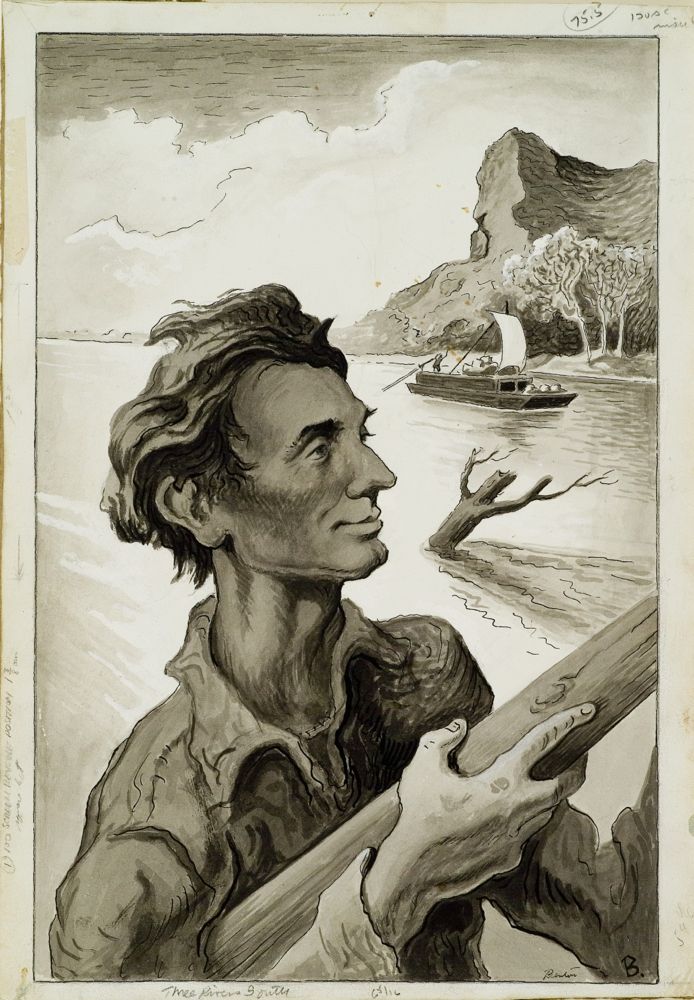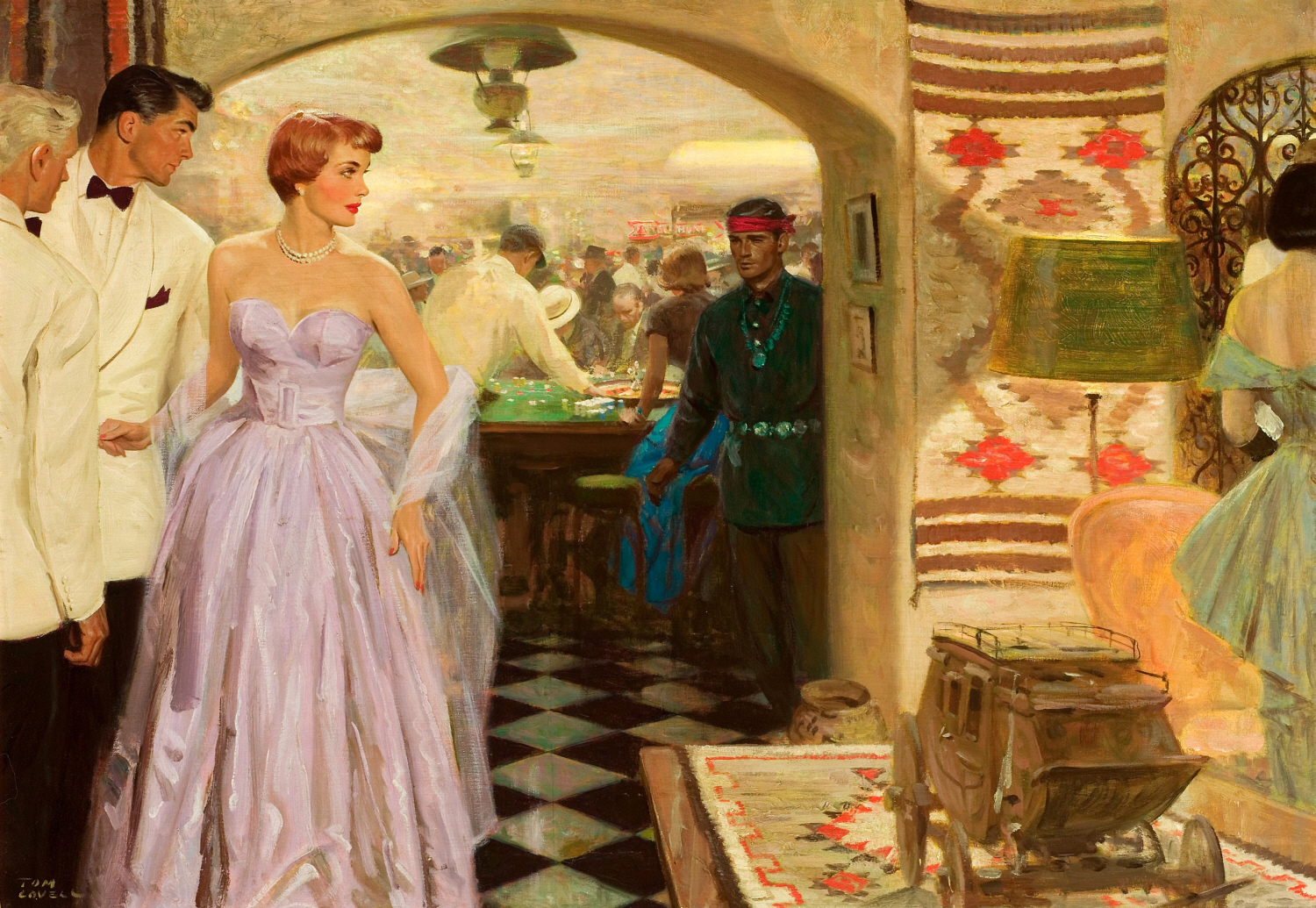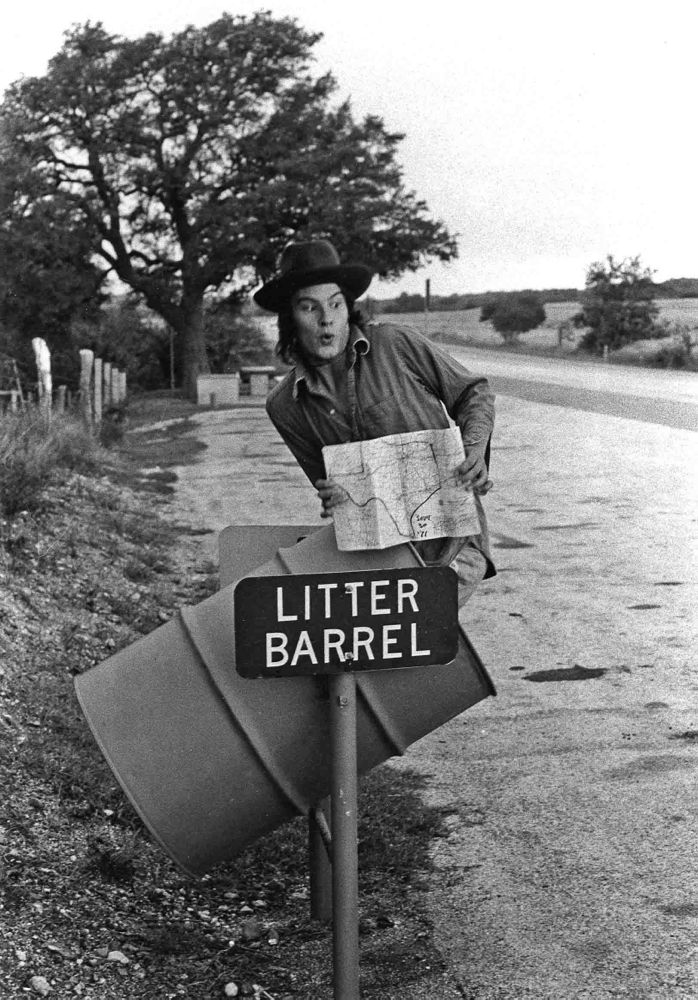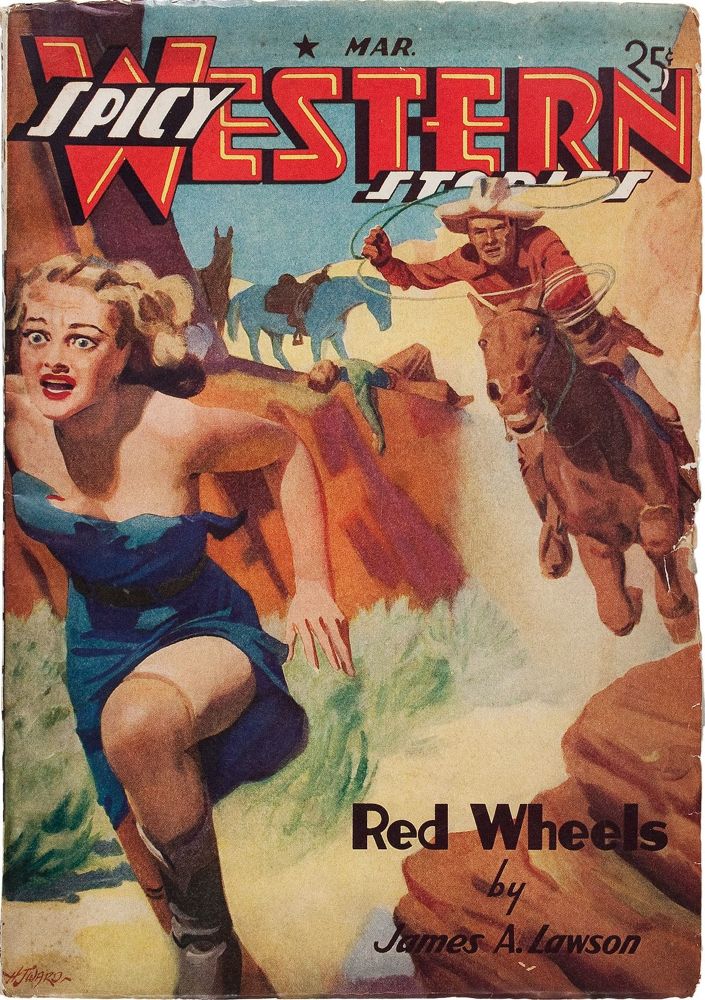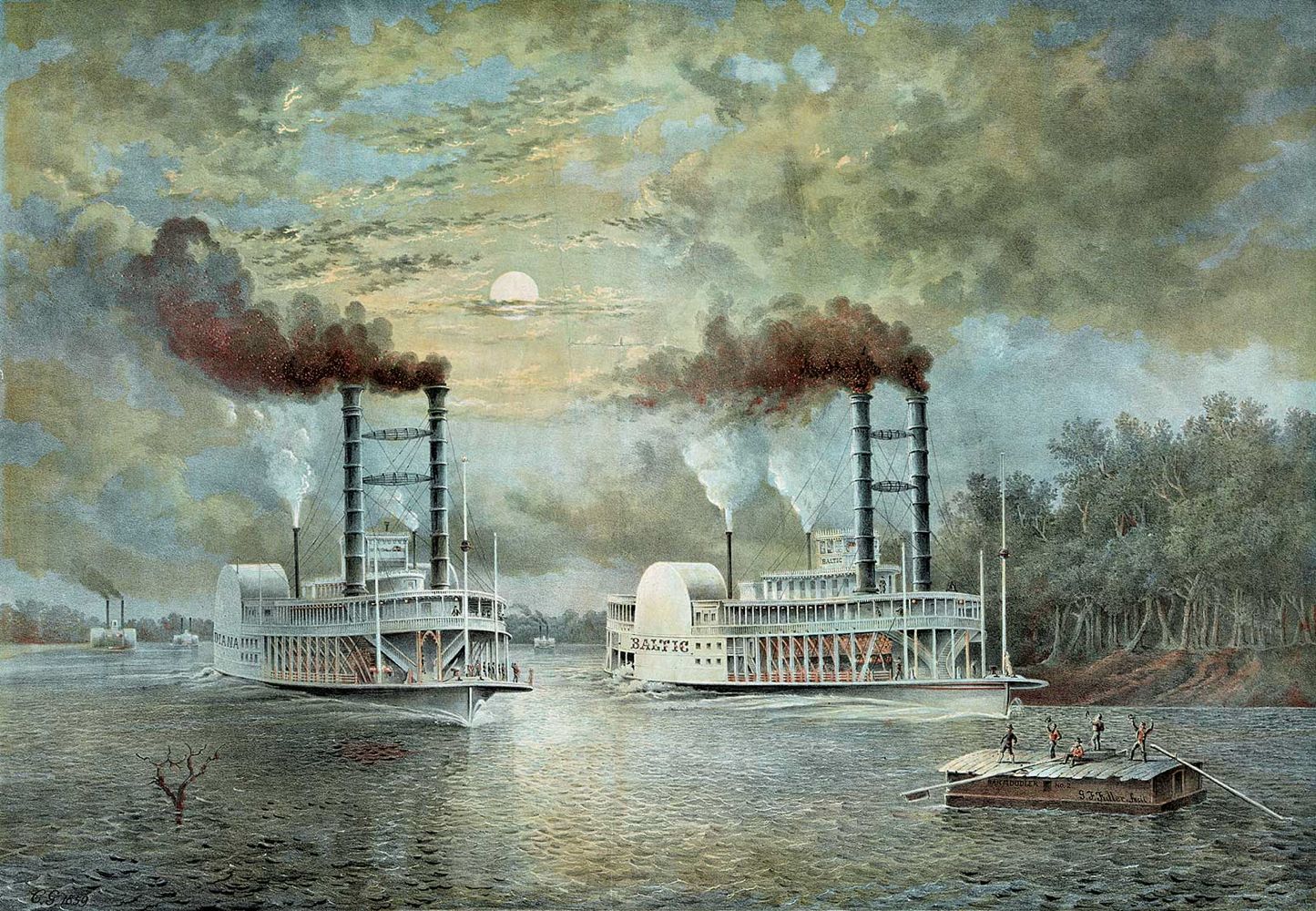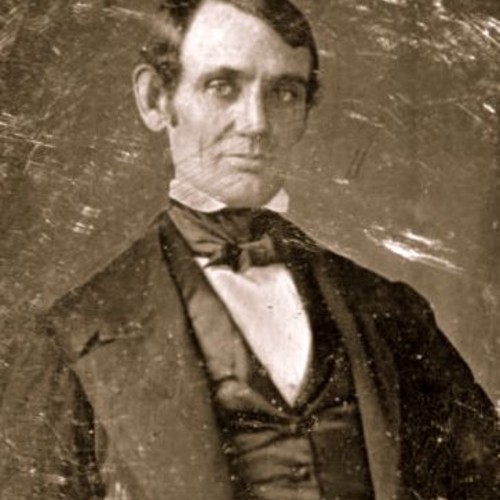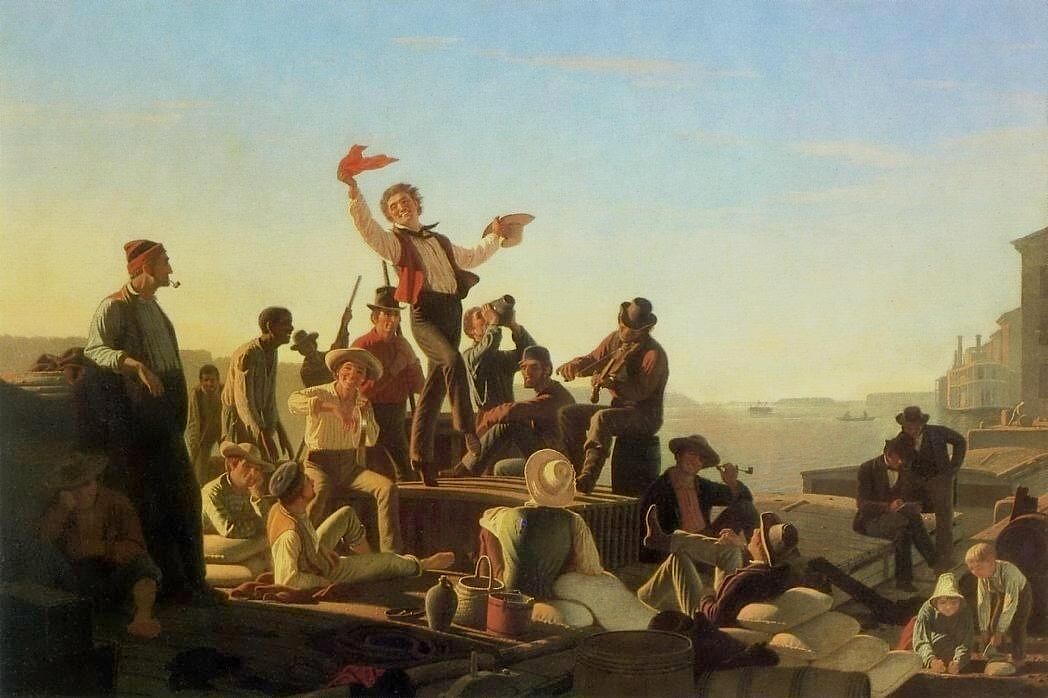They all got out of here any way they could —
The cold rain can give you the shivers.
They went down the Ohio, the Cumberland, the Tennessee,
All the rest of them rebel rivers.
— Bob Dylan, “Floater”, from Love and Theft
Until the triumph of the railroads and then the automobile and airplanes, rivers were what knit America together. Horses and shoe leather could get you just about anywhere but rivers opened up the continent to settlement and trade on an epic scale.
When you read the history of America before the Civil War almost all of it centers around rivers, which watered the fields cultivated by settlers but also gave them routes for trading what they grew in distant places and pathways into the interior of the continent, where — who knows? — things might be better. They inspired and enabled the wanderlust that was always part of the American character.
Today our rivers are mostly tamed by flood-control projects, dammed up to produce electricity, fouled by waste of one sort or another, but they’re still here — ghost highways into the past.
The handy book pictured at the head of this post is a terrific guide to the river systems of North America, the vein-like patterns that once limned the possibilities of exploration and migration. It’s good to remember them because in remembering them we remember who we are and how we got where we are.
The mighty Colorado no longer empties into the sea, its water having been diverted for various purposes on its way there, but up north, in places, it looks the way it looked to the first Native Americans and the first European explorers who ever saw it — and it’s still a sight that can stir the heart.
Click on the images to enlarge.

